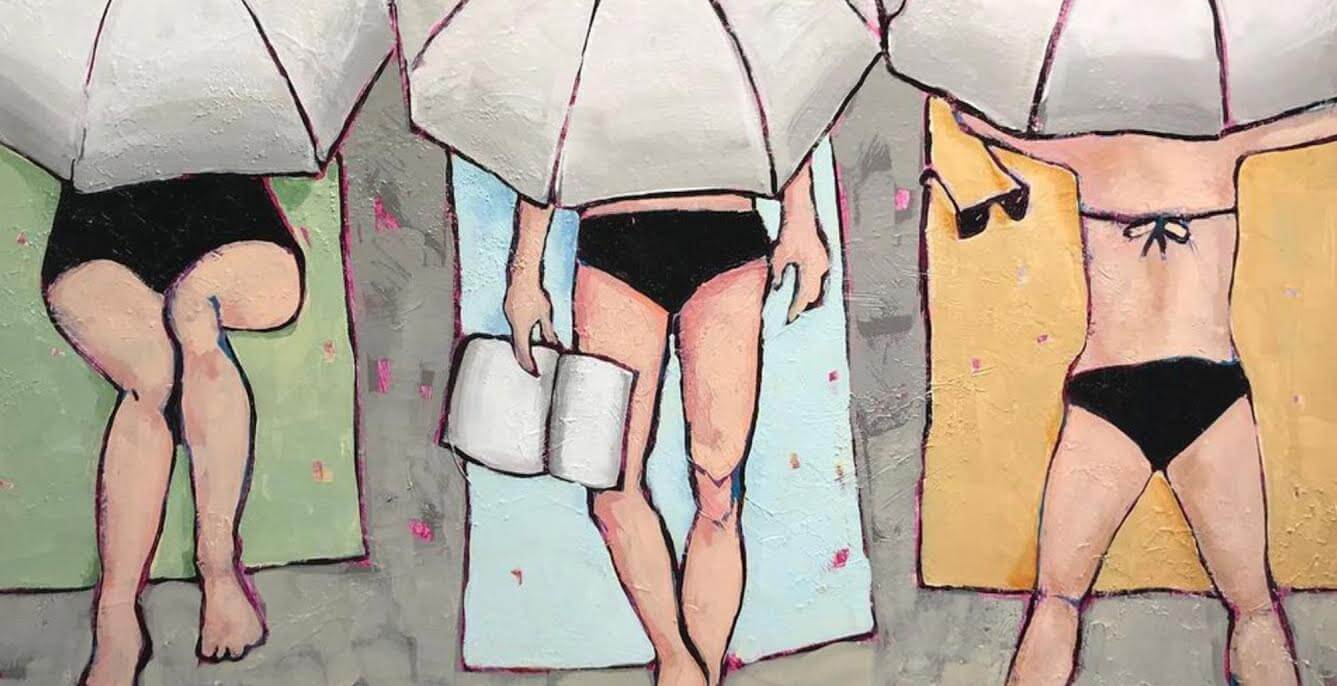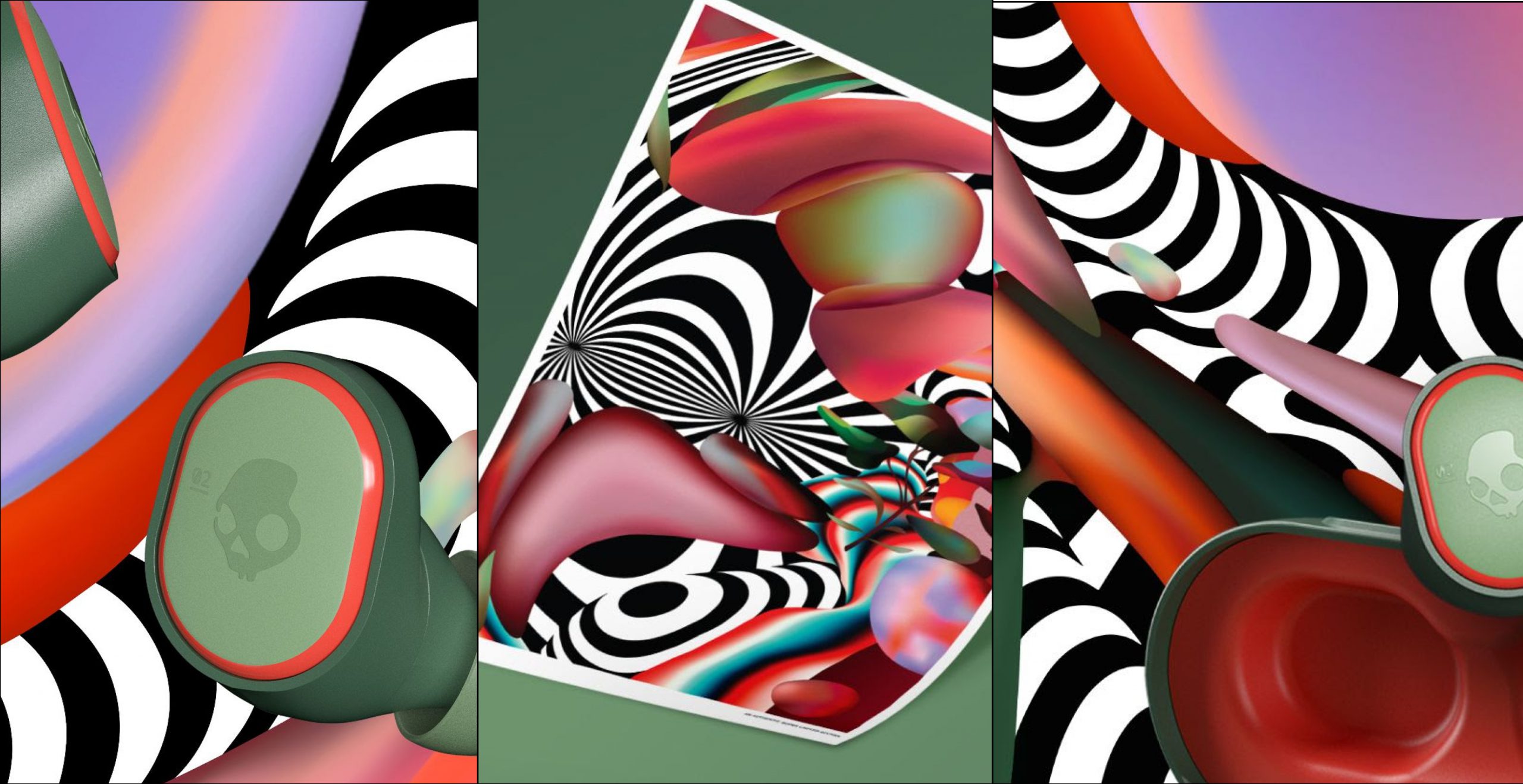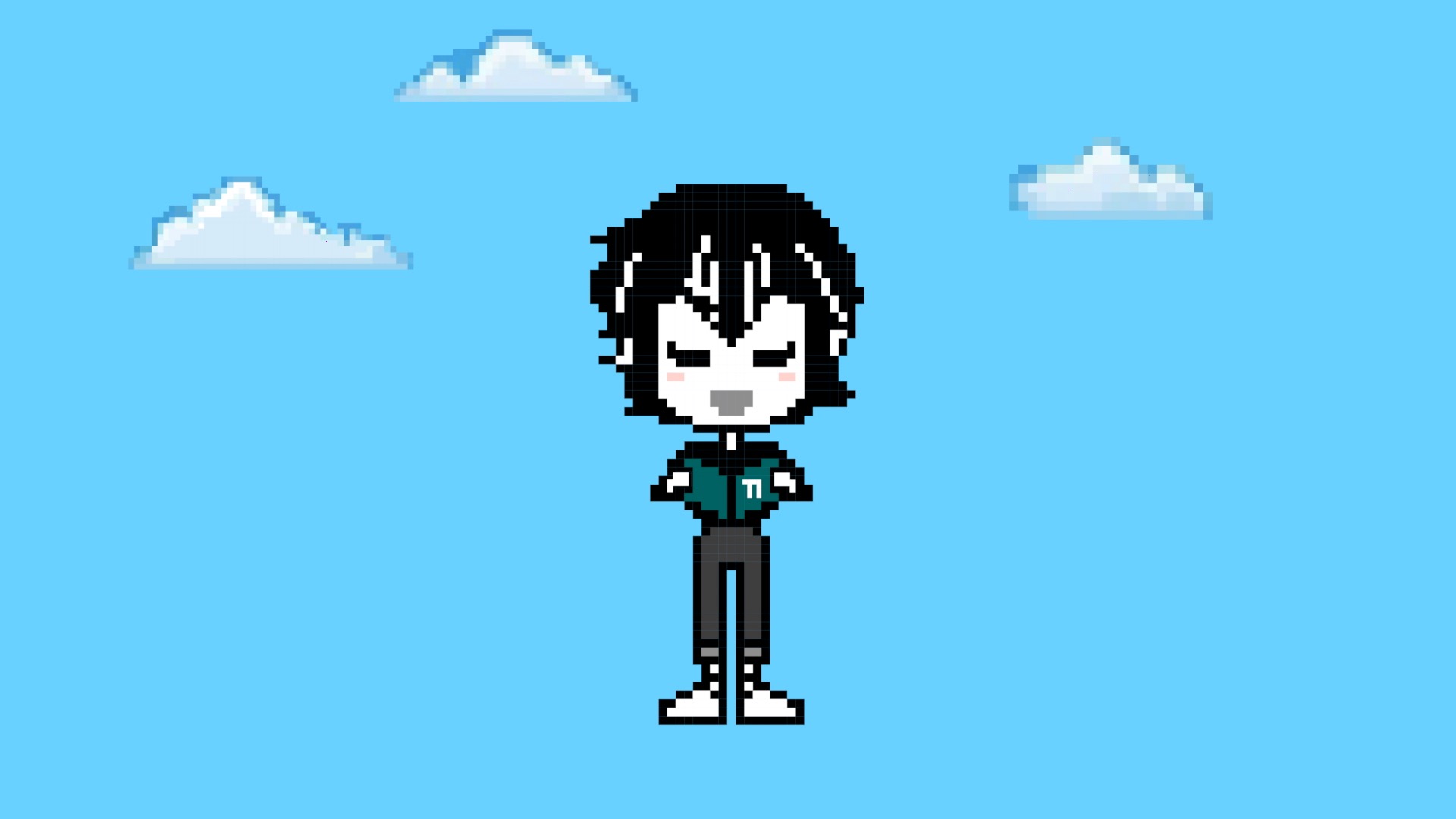How ‘Broken Music’ Celebrates the Collaboration Between Art and Music
Welcome to Broken Music Vol. 2, an extraordinary exhibition designed exclusively for enthusiasts of record and experimental music. This captivating showcase awaits you at the renowned Hamburger Bahnhof museum, where you’ll discover a symphony of captivating displays spanning across ten sections spread across multiple rooms.
Immerse yourself in the remarkable curation of 700 records, meticulously chosen to celebrate the profound interaction between art and music since the post-war era. These records serve as the vessels that unite these two artistic realms, intertwining their harmonies for the past several decades.
Imagine if sounds could manifest into tangible forms. What shapes would they adopt? And how would images resonate through the power of sound? These intriguing questions were among the core concepts explored by the visionary Ursula Block, who transformed her record store, Gelbe MUSIK, into a captivating haven for discovering potential answers.
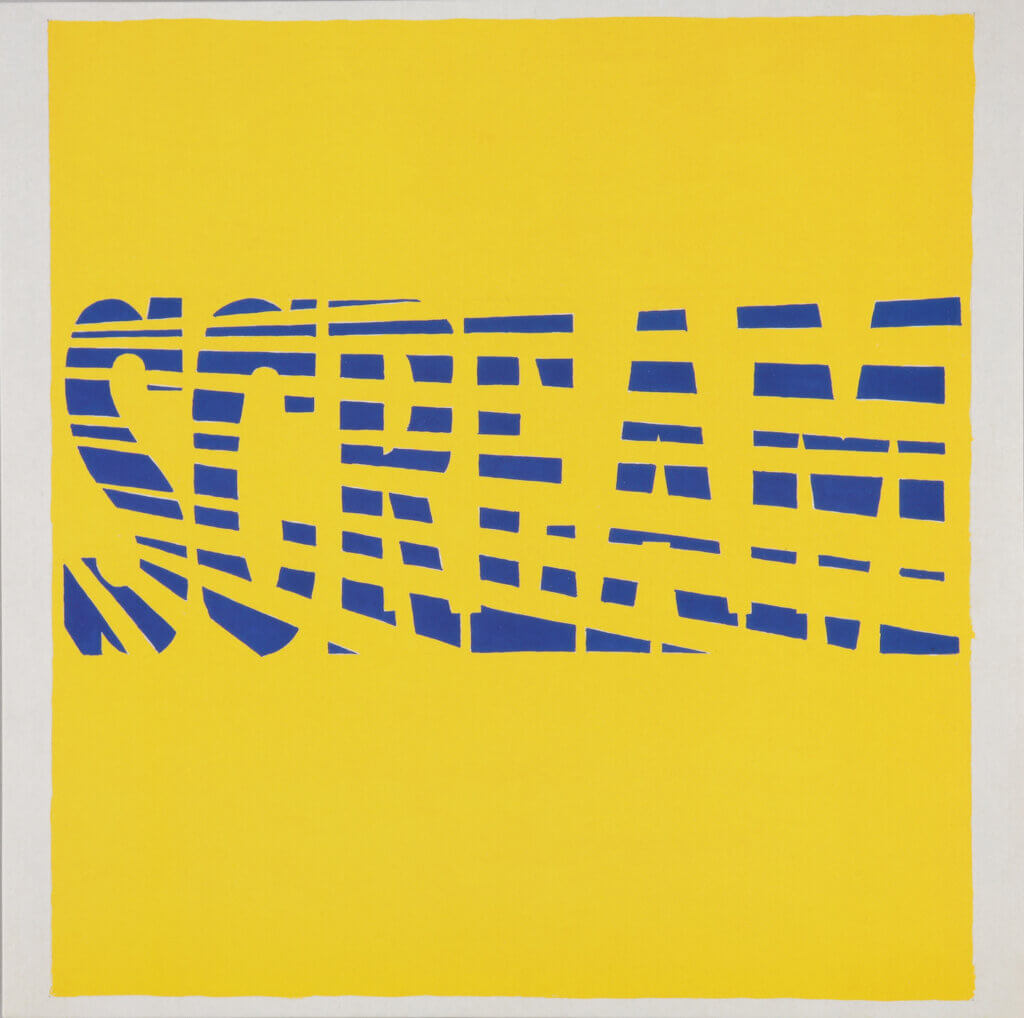
Established in 1981 in West Berlin’s vibrant Wilmersdorf district, Gelbe Musik transcended the conventional record store experience by emphasizing the profound relationship between color and music. This innovative concept traces its roots back to the influential Wassily Kandinsky, who once remarked that the “sour-tasting lemon and the shrill-singing canary are both yellow” with no coincidence.
Inspired by Kandinsky’s theory, Ursula Block ventured into uncharted territory, suggesting a deep connection between our perception of music and the visual elements that accompany it. Her pioneering efforts attracted widespread attention, and Gelbe MUSIK quickly emerged as an internationally acclaimed meeting point for artists and musicians alike.
In 1989, the groundbreaking exhibition titled “Broken Music: Artists’ Recordworks” shifted the focus from perceiving records as mere conduits for a composer’s music. Instead, it delved into the profound optical and acoustic presence encapsulated within each record. This exhibition marked the pinnacle of Block’s success and served as the foundation for the awe-inspiring Broken Music exhibition we present today.
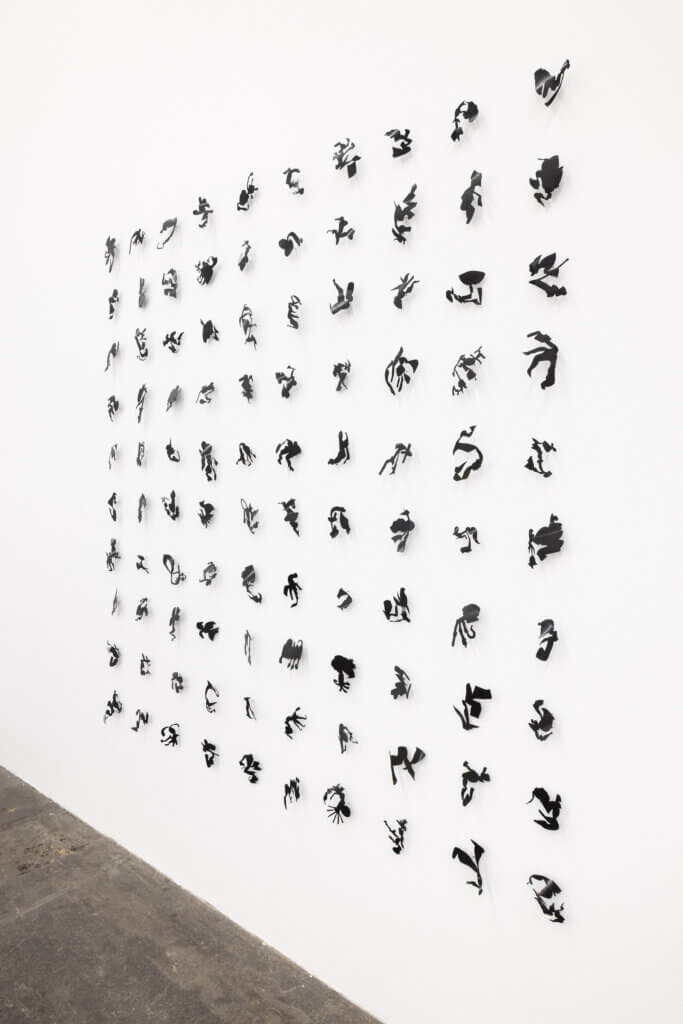
The current exhibition offers a remarkable opportunity to witness a significant portion of Block’s record collection, generously acquired by the National Gallery. This captivating showcase guides visitors through a mesmerizing journey spanning 70 years of intertwined art and music history. However, this experience transcends traditional storytelling, as the ten immersive chapters of the exhibition aim to evoke emotions through the power of sound and visuals rather than relying on words alone.
Upon entering, you will receive a phone and headphones, enabling you to scan QR codes located beneath each record. As you admire the exquisite album artwork, you can delve into its auditory contents, allowing for a truly meditative experience. Standing there, you’ll establish a profound connection between the enchanting sounds and the captivating art before your eyes. In this sensorial adventure, the focus lies solely on the deeply personal experience of harmonizing what we see and hear.
In parallel to the groundbreaking 1960 exhibition “Für Augen und Ohren” at the esteemed Akademie der Künste in West Berlin, widely recognized as one of the pioneering spaces for audio-visual media, Broken Music introduces awe-inspiring audio-visual installations. These thought-provoking installations transport visitors beyond the realm of mainstream sound art, immersing them in captivating landscapes and mesmerizing sound collages.
At its core, this exhibition stands as a powerful testament to the enduring resilience of the record itself. In the midst of the Cold War, it emerged as a symbol of resistance in East Germany. Despite gathering dust in the early 2000s, the record has risen to prominence once again, captivating collectors, musicians, and lovers of the analog era. It serves as an artistic medium that intricately intertwines with various genres, from composition and improvisation to pop, punk, and techno, bearing witness to the profound evolution of music across the globe.
Mark your calendars! This extraordinary exhibition will run until May 15, 2023. For further details, we invite you to visit the museum’s official website, where you can embark on an unforgettable sensory journey into the world of Broken Music.










